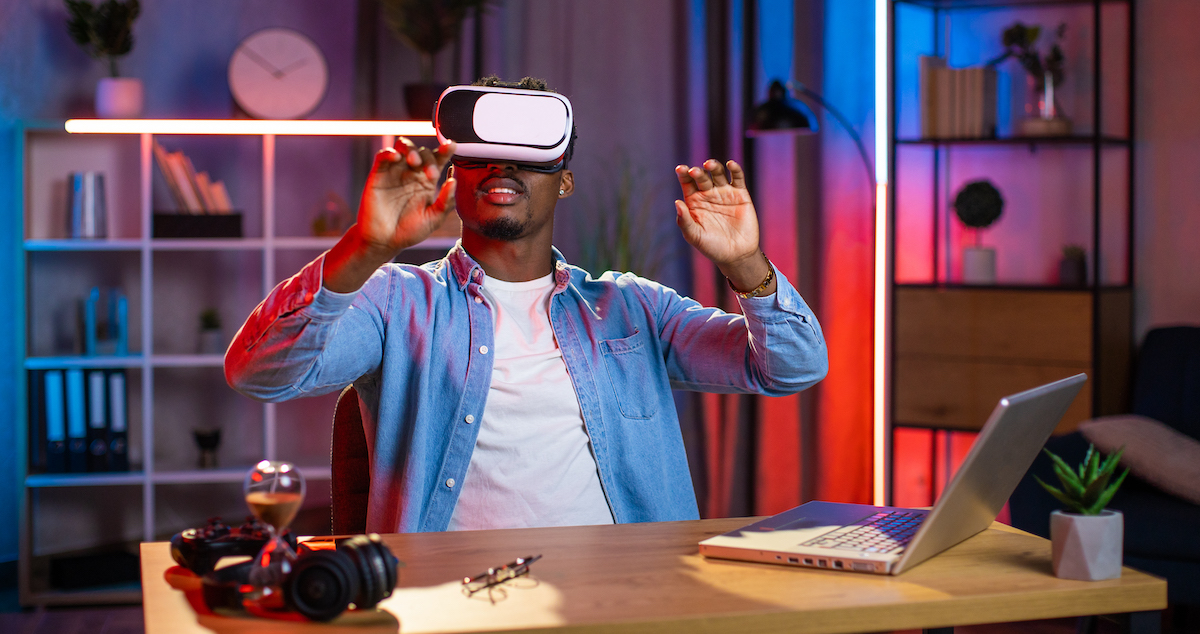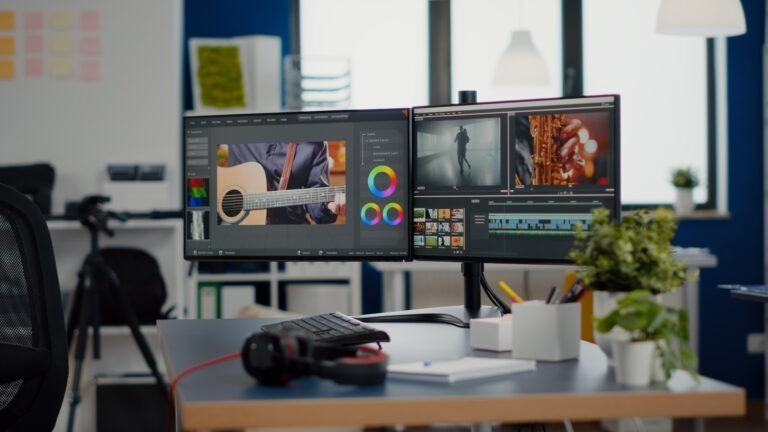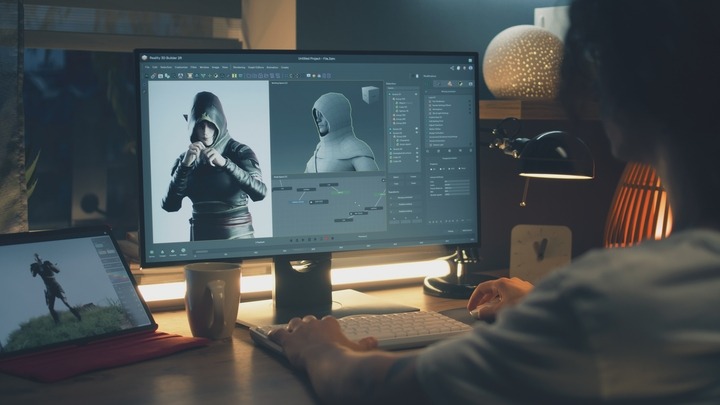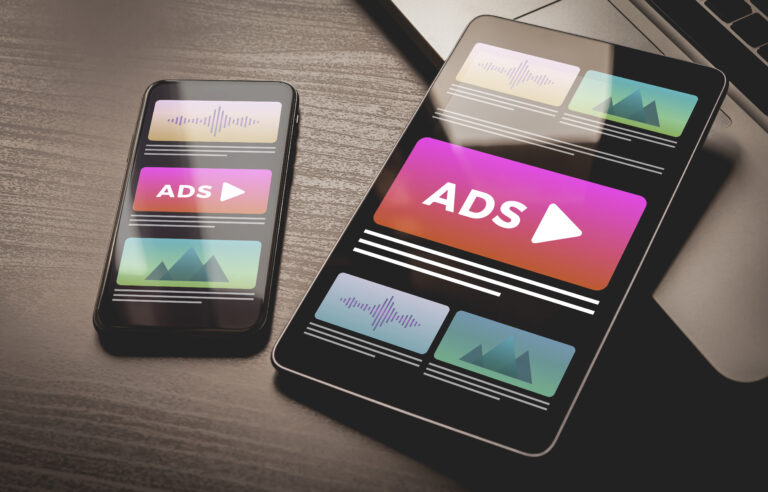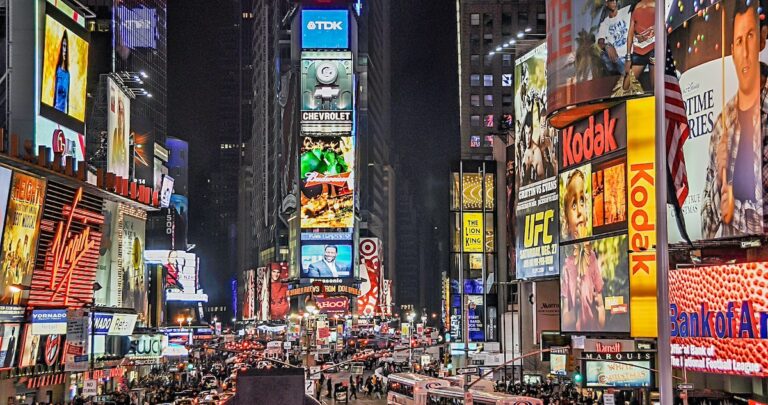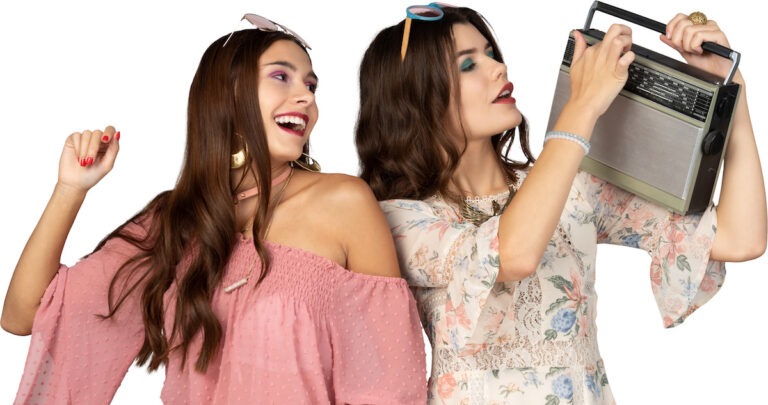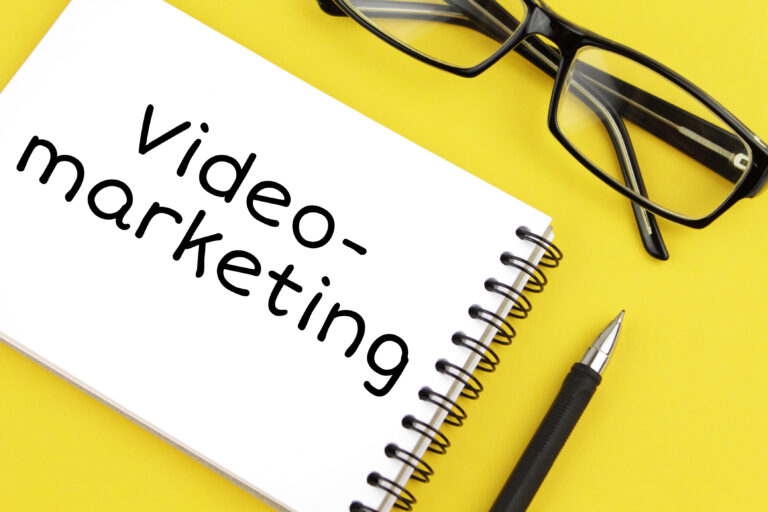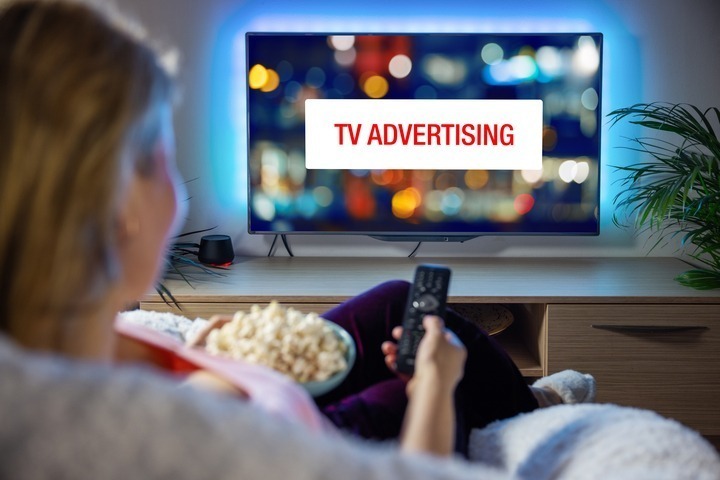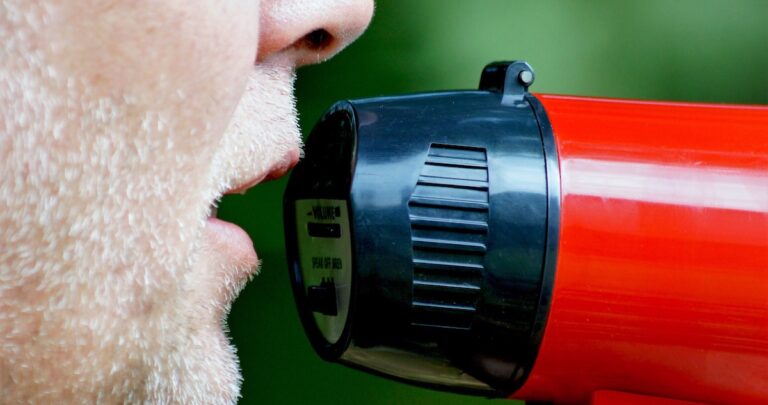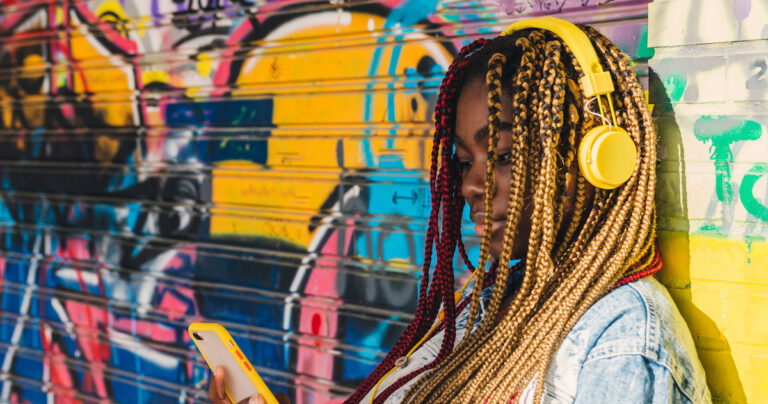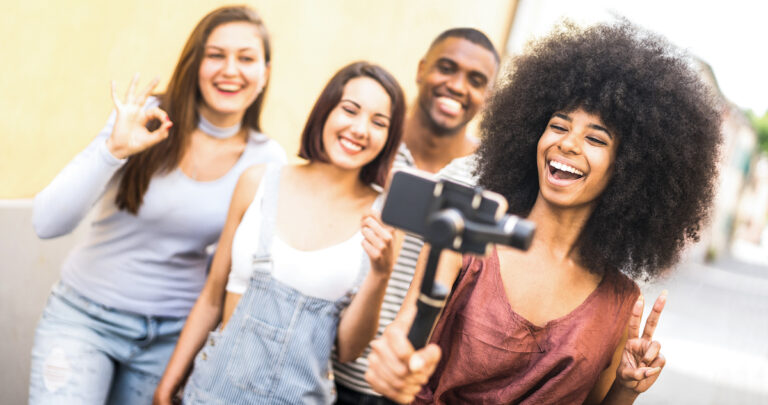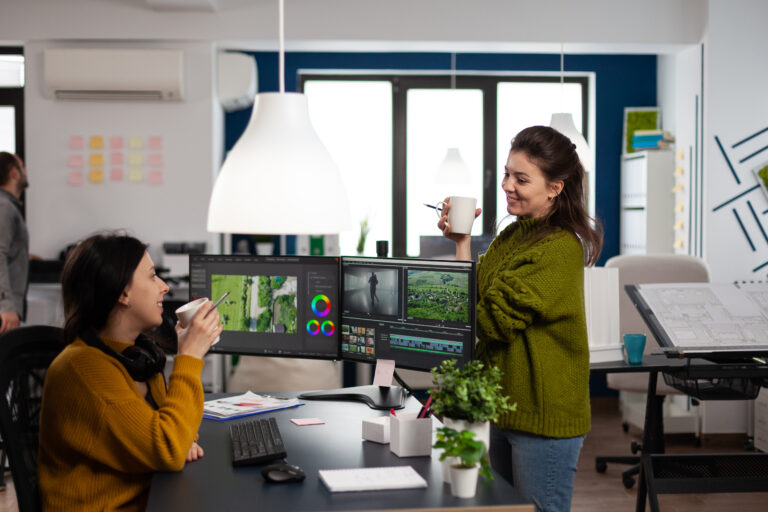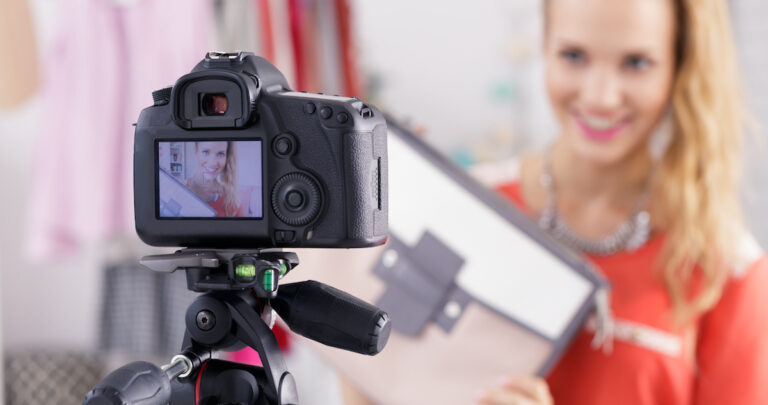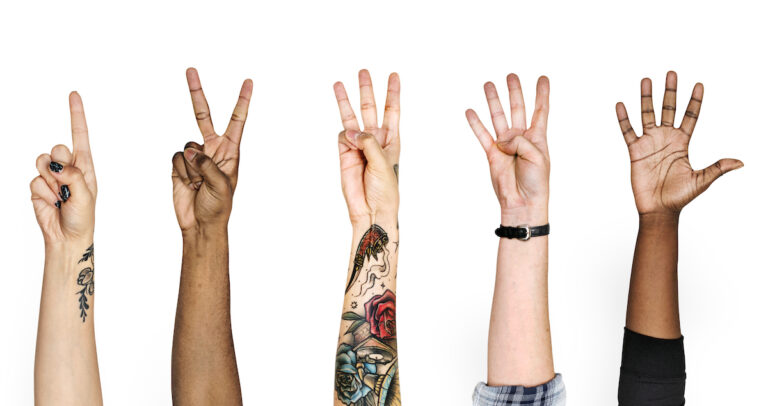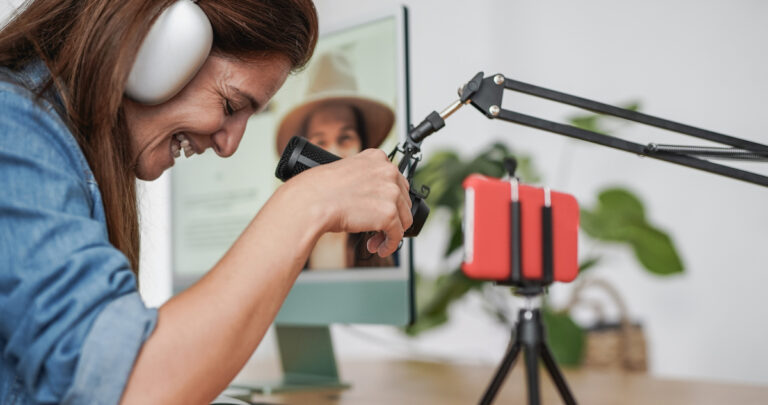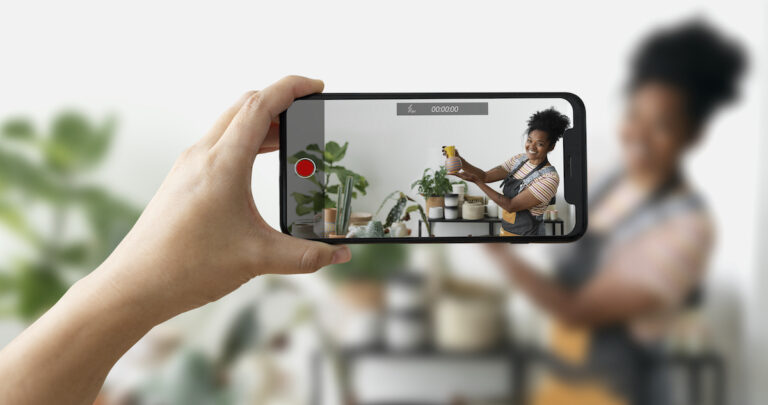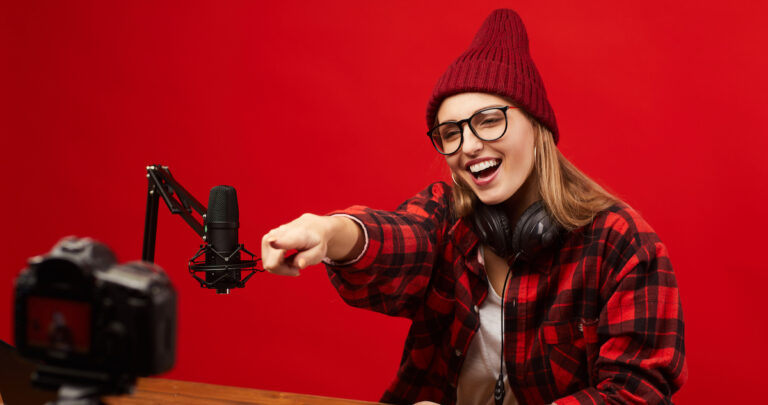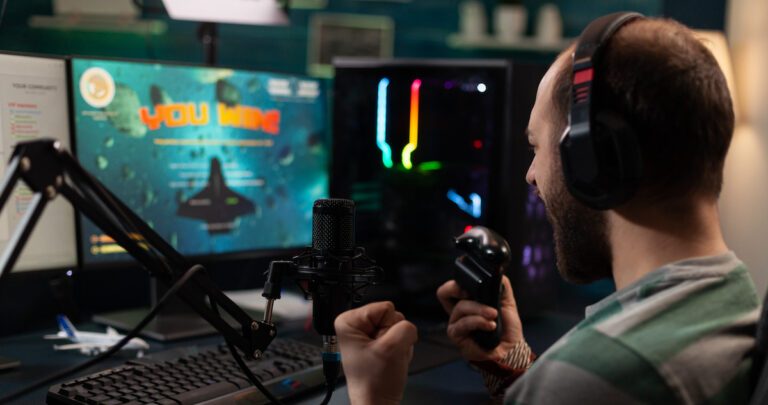Have you ever walked past a toy shop, or watched a commercial for a toy you really wanted (we’re looking at you Super Soaker CPS 3000) and experienced the fun of actually getting to play with it? We’re here to tell you AR filters, or augmented reality filters, are the Super Soaker CPS 3000 of social media marketing.
You can think of traditional promo ads and videos as the commercials for the toy. They do what you expect — get the message across, share the appeal, and call to action. We’ve been there, done that.
AR filters on the other hand, are an entirely different experience. It’s like actually receiving the Super Soaker. You can play with it, experience its power, fiddle with its features and just have fun. AR filters give the same experience, except it’s with your brand’s toy.
It’s your brand’s product or service that people have fun with, experience and enjoy. And that can do so much more than simply watching the commercial. AR filters are the future of marketing, and it’s best to keep your head in the frame.

What is an AR (augmented reality) filter?
An AR filter is an interactive experience that lets you put digital objects in a real-world environment. Check out this video list of AR filters. It’s really neat how some brands are finding ways to engage audiences.
Let’s think about the Oreo AR filter for a second. It’s a fun multiplayer game you could play with a nearby friend or family member. Gamification is a great way to increase engagement with a brand, and this is a perfect example.
Imagine playing this game and having to do grocery shopping after. Maybe you’re feeling like a treat. What comes to mind? Probably Oreos.
These AR filters can be even more immersive, transforming people’s faces, demonstrating how clothes might look on a person, enabling people to interact with your brand in a way that hasn’t been done before.
Benefits of AR filters
Firstly, AR filters can be extremely cost-effective. For a cheap AR filter that’s customizable and easy to make, you could easily make millions of impressions. Heck, if your AR filter starts trending, you could really start to optimize the cost effectiveness of your filter.
That brings us to another benefit of AR filters, the ability to go viral. AR filters have the chance to be the toy that everyone wants, and can have (like a fidget spinner). Everyone gets to play with it. Everyone sees people playing with it, and they want to play with it. It’s virality in action, and it’s something an ad could never achieve on the same level.
That’s another advantage of AR filters, its ability to make impressions on a massive scale. According to Gloam, AR filters are 4 times more engaging than mobile video and have 70% better memory recall than non-AR content. It’s really looking like the next generation of social media marketing.

Using AR filters is all about engagement
AR filters let people try before they buy, except from the comfort of their own homes. It doesn’t even have to be clothing, think about virtually placing furniture in your home to see if it fits. Thinking about painting your wall? Why not let the AR filter paint it for you to help you find the right shade?
AR filters started popping up for public use around 2019. When it started, the ideas were simple. They usually revolved around a “which character are you?” theme, or stuck to personality tests.
But brands are starting to recognize the potential of engaging with their customers. It’s like realizing they have the ability to host demos, anytime, anywhere, personally for each of their customers. It’s boggling to think about.
To mirror the latent potential of this kind of brand-consumer engagement, ad revenue in AR is projected to grow from $68 million in 2019, to $13 billion in 2022. Whoa. If anything, this goes to show that there’s a heck of a lot of engagement coming up.
AR filters: it’s the future!
This kind of jump from static, uninspired videos to engaging experiences truly marks a new era in marketing. Instead of product promotion, it becomes about experiences, it becomes about the stories we want to tell and feel.
And in the context of a post-pandemic world that is aching for experiences, imagine just how far AR filters could take the human experience.
Until virtual reality catches up, it looks like AR filters are going to leave a mark in the way we experience content, brands, and the way we connect with each other. Yes, it is the new Super Soaker CPS 3000.
Oh – and by the way, never for get that making use of the services of a professional voice actor like those you’ll find on Voice123 is the best possible way to speak for yourself as a business and be heard!



